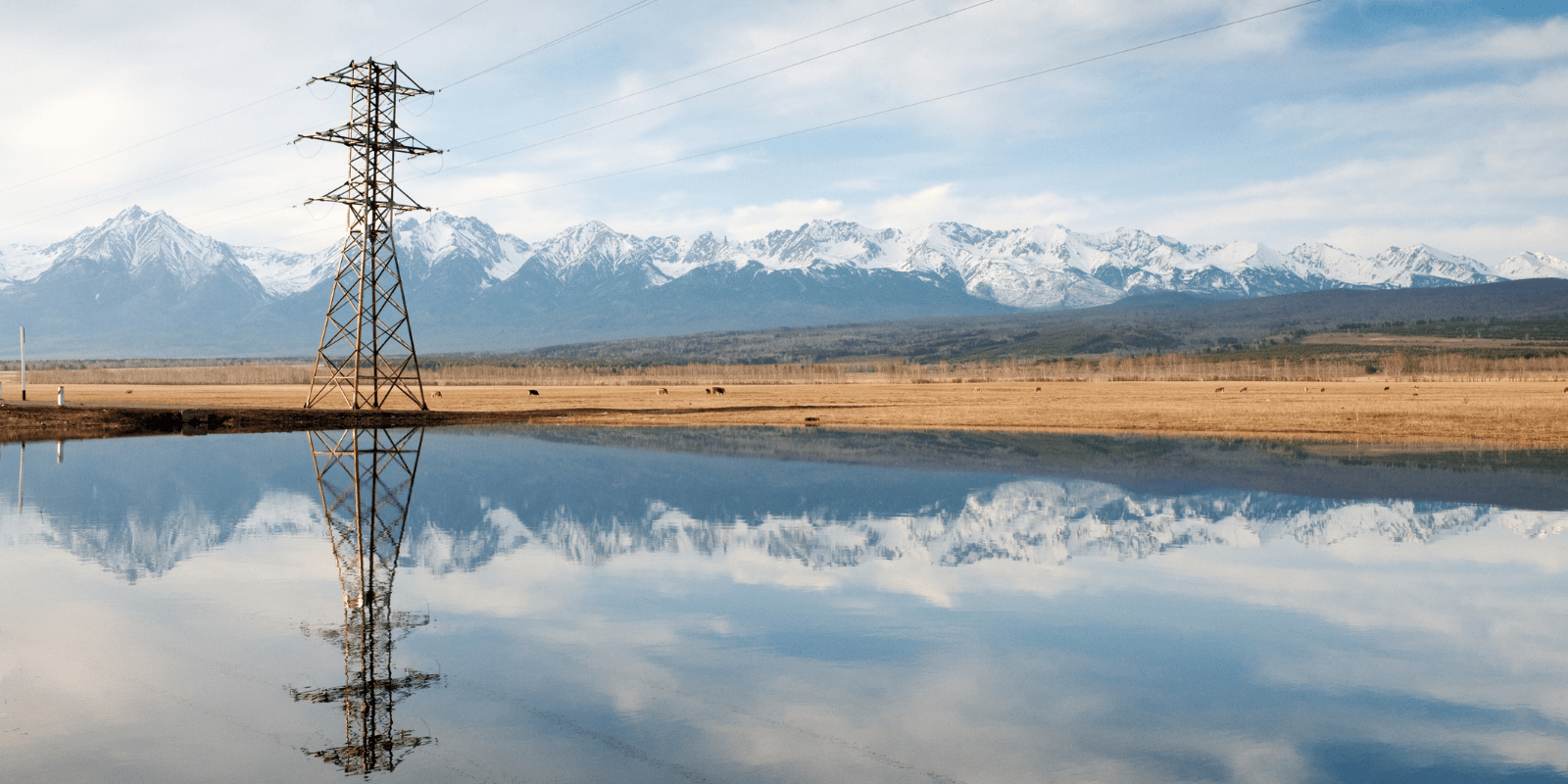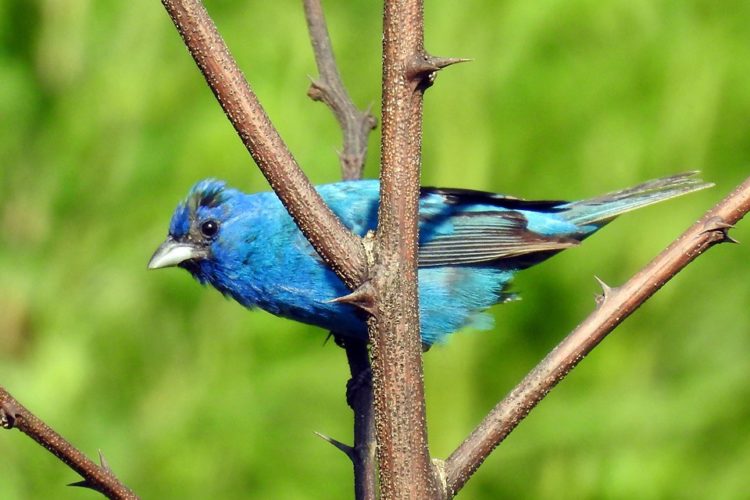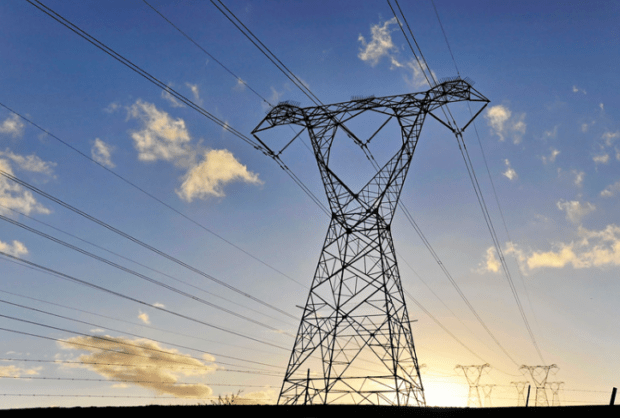We have much more to do and your continued support is needed now more than ever.
Providing Clean Power Means Building New Transmission Lines, Quickly and Responsibly

The message on climate urgency has been delivered loud and clear in recent years. We need to eliminate global climate emissions as quickly as possible.
The Intergovernmental Panel on Climate Change has issued numerous reports pointing to the dire consequences that are mounting as time goes by and the closing window for action, bolstered by countless think tanks and researchers. As a result, governments around the world have committed to act through the Paris Climate Agreement, limiting planetary warming to 2 degrees—and preferably 1.5 degrees—Celsius over pre-industrial levels. President Biden has translated these ambitious goals to cutting climate emissions in half by 2030 and to reaching net zero by 2050. The President has also called for a carbon-free electricity sector by 2035.

But the reality that few people are talking about is that electricity is key to meeting this emissions goal. Progress in other sectors requires producing energy cleanly, and then using it to power not only our household gadgets, but also our cars, trucks, and buses, and building heating and cooling. The crucial partner to clean energy generation sources such as solar and wind farms is the high voltage transmission lines that will be needed to bring this power to end-users that will mostly be far away.
Transmitting Electricity
Research has identified that the majority of wind and solar resource potential is located in the wide-open spaces of the country’s interior. This power needs to be transported to the population centers that ring the country’s coasts and borders. So, at the same time that we are building the facilities needed to quadruple wind and solar production to get us close to our 2030 goals, we need to be constructing the many, many miles of high-voltage transmission lines needed to carry that power.

Current transmission systems simply do not have the capacity to carry all of the extra electricity from these new sources, and the nation’s regional grids are not well connected to move power long distances.
Today, new generation deployment is severely limited by transmission bottlenecks, aging infrastructure, and inadequate capacity. We need to double or triple existing transmission capacity to meet 100 percent clean electricity by 2035. For a sense of scale, there are currently 22 major transmission lines ready to be built in America, but even if all were completed, they would only increase capacity by 11-12 percent.
Building an Interconnected Grid
Financing and building big power lines is a complicated, costly, and controversial process. The necessary permitting, siting, and government reviews can take years before construction can even begin, and projects often run into litigation and other challenges that can delay them even longer, or shut them down completely.
With this in mind, it is critical that we as a nation commit to building the national, interconnected grid we need to achieve our climate goals, and to do so in a way that is respectful of and responsive to the needs and concerns of private landowners, fenceline communities, and wildlife. Congress has taken a first step by investing $15 billion through the bipartisan Infrastructure Investment and Jobs Act.
The Federal Energy Regulatory Commission is undergoing rulemakings to update siting and financing procedures. And the Department of Energy is implementing a Building a Better Grid Initiative, which includes the newly launched $2.5 billion Transmission Facilitation Program. This program will provide Federal support to build new large-scale transmission lines, upgrade existing transmission lines, and prioritize the connection of microgrids across the country.
How Do We Get There?
These are all good steps, but more investment will be needed to see projects through, to better site projects to be more responsive to stakeholder input, and to move projects through regulatory review effectively and efficiently while protecting communities, wildlife habitat, and natural resources. The National Wildlife Federation will be working with affiliate partners, Tribes, hunters and anglers, and diverse partners throughout the country to help gather and elevate stakeholder views and to guide the critically needed buildout of transmission infrastructure.





















